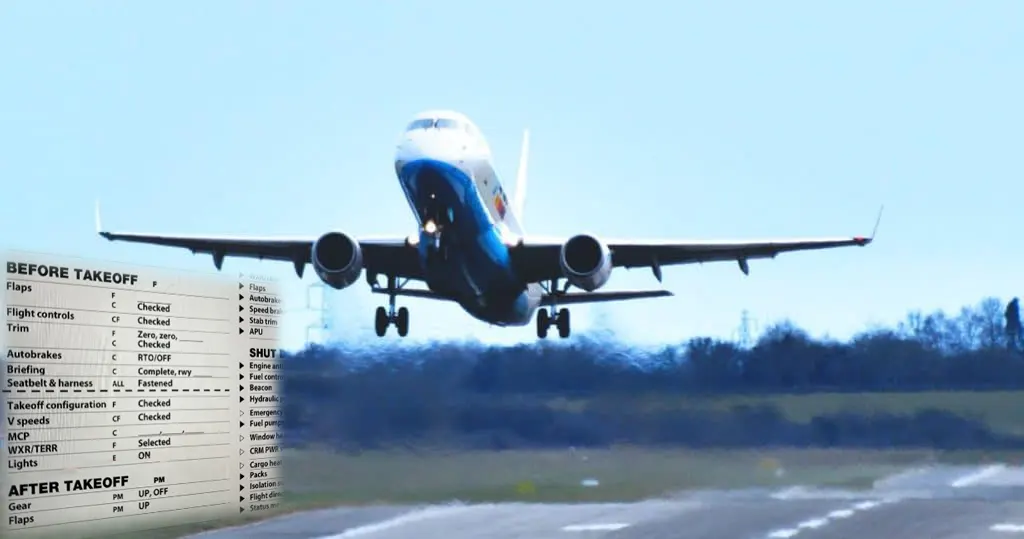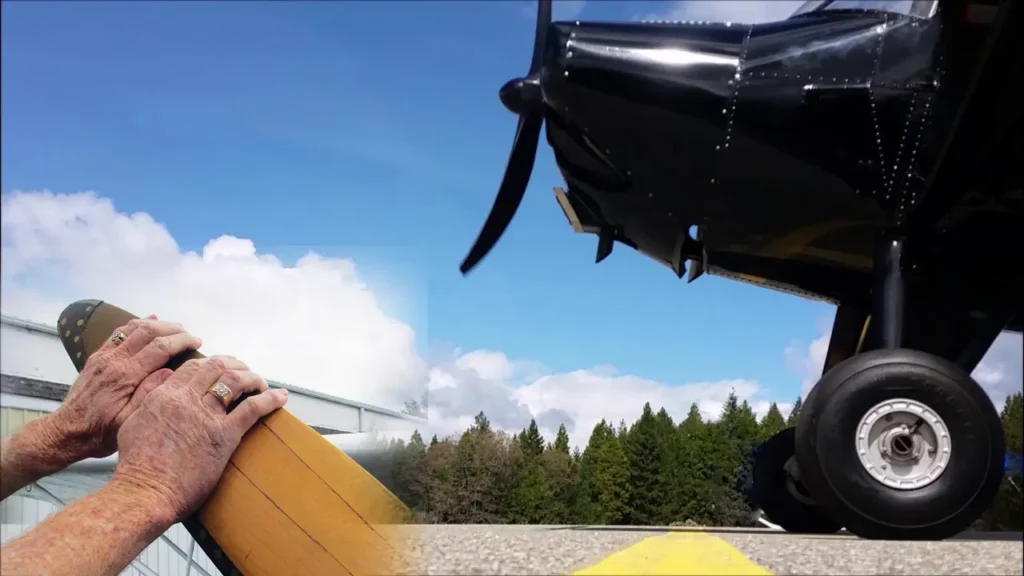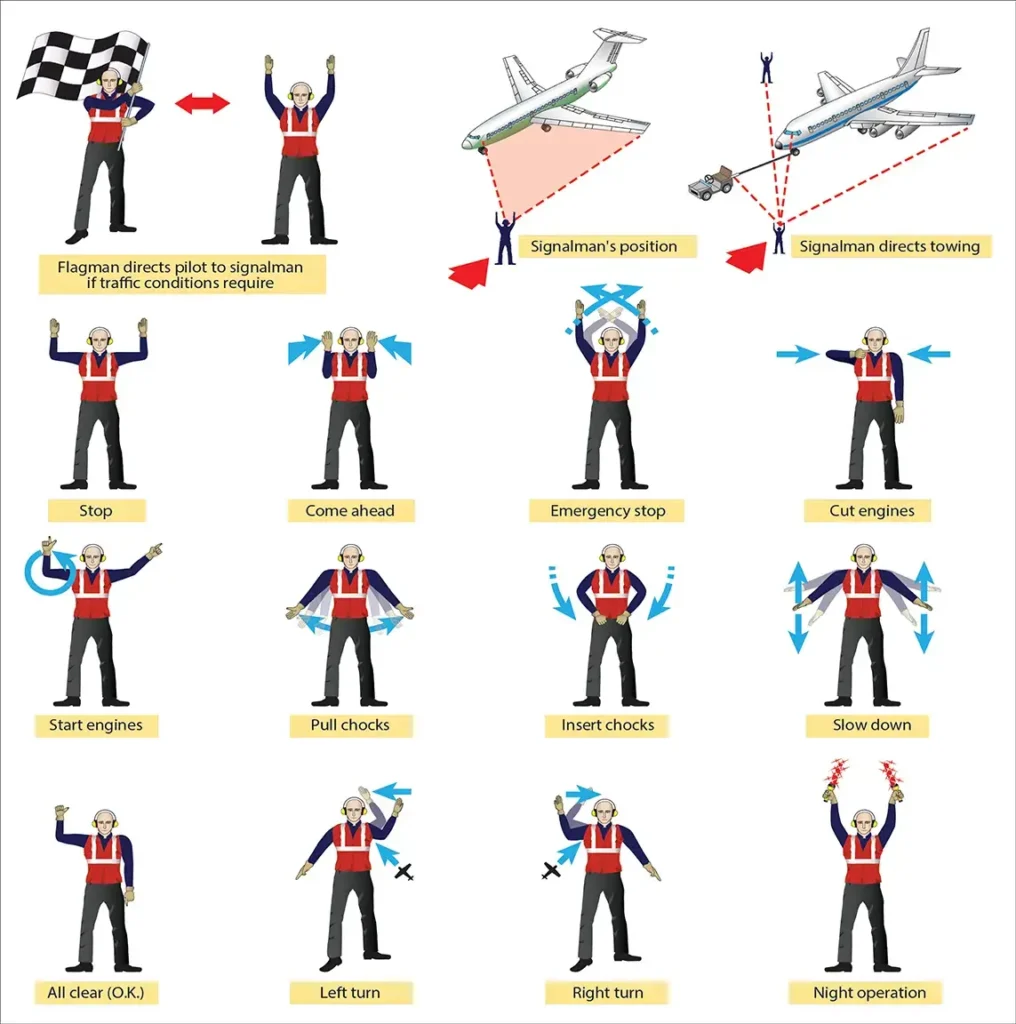Airplane Attitude Flying
Airplane Flying, Flying TrainingAn airplane’s attitude is determined by the angular difference between a specific axis and the natural horizon. A false horizon can occur when the natural horizon is obscured or not readily apparent. This is an important concept because it requires the pilot to develop a pictorial sense of this natural horizon. Pitch attitude is the […]







